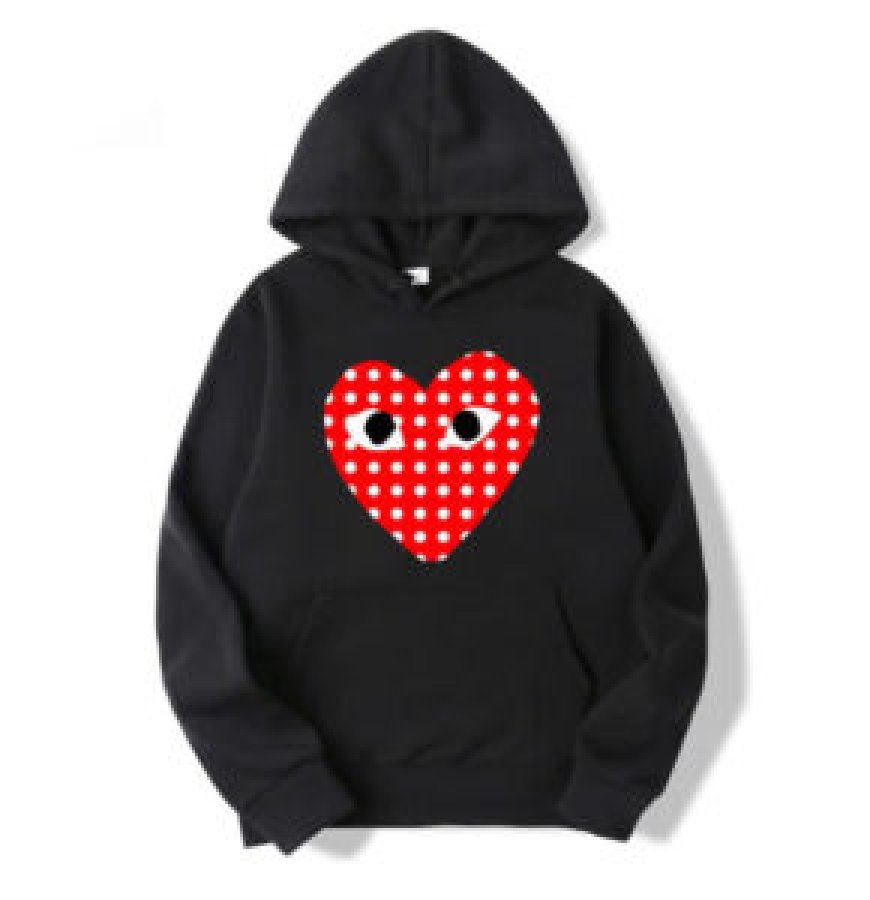Inside-Out Beauty: Comme des Garçons and the Deconstructed Soul

In a world where beauty is often polished, symmetrical, and market-tested, the radical designs of Comme des Garons stand defiantly apart. Comme Des Garcons The Japanese fashion house, founded by Rei Kawakubo in 1969, has consistently rejected mainstream aesthetics in favor of something rawer, more philosophical, and infinitely more challenging. Comme des Garons is not just a fashion label; it is a manifesto written in fabric, a protest stitched with asymmetry, and perhaps most profoundly, a meditation on the souls many fragmented parts. In the garments of Comme des Garons, beauty is turned inside outdissected, reconfigured, and reassembled into something truer than the conventional pretty.
The Birth of Deconstruction in Fashion
Deconstruction as a concept first gained traction in literature and philosophy, particularly through the works of Jacques Derrida. In fashion, however, Rei Kawakubo is perhaps the most articulate translator of this abstract theory into tangible form. In the early 1980s, when Comme des Garons made its Paris debut, Kawakubo presented garments that looked unfinished, frayed, and at times, even damaged. The Western fashion world, accustomed to opulence and precision, was stunned. But beneath the ripped seams and irregular silhouettes was a profound statement: fashion need not conform to ideas of perfection to possess value. In fact, imperfection was where meaning began.
Rei Kawakubo: The Ghost in the Garment
At the heart of Comme des Garons lies the enigmatic figure of Rei Kawakubo herself. A notoriously private designer, Kawakubo rarely explains her collections. This refusal to over-intellectualize her work forces audiences to confront the garments on their own terms. Her designs are often sculptural, resembling armor, cocoons, or abstract art more than clothing. In doing so, Kawakubo transforms the body into a canvas, a space of philosophical inquiry rather than mere display.
Her refusal to sexualize or conform the body to fashions norms also subverts traditional gender binaries. Comme des Garons challenges viewers to see beauty not in the external polish but in the internal chaosthe soul made visible through textile.
Fashion as Rebellion, Garment as Language
Comme des Garons is often described as "anti-fashion," a term that hints at rebellion but doesnt fully capture the labels scope. It is not merely opposed to fashionit is an alternate form of expression altogether. Each collection speaks its own language. For instance, the 1997 Body Meets Dress, Dress Meets Body collection (dubbed the Lumps and Bumps show) explored bodily deformation through bulbous padding sewn into garments. Critics were dividedsome called it grotesque, others genius. But in hindsight, the collection stands as a powerful statement on body image, femininity, and the fashion industrys rigid norms.
In a Comme des Garons collection, every design is a sentence, every runway show a paragraph in an ongoing novel of human complexity. The garments speak, not with clarity, but with haunting ambiguity.
The Soul in Disarray: Clothing as Emotional Cartography
To wear Comme des Garons is to expose something deeply internal. These are not garments that flatter in the traditional sense; they confront, confound, and challenge both the wearer and the viewer. In doing so, they mirror the human soulfragmented, beautiful, painful, layered. Kawakubos use of distortion, asymmetry, and shadow serves as a visual language for emotional states often left unspoken. Anxiety, strength, fragility, memorythese are not easily commercialized traits, but they are the lifeblood of her designs.
This approach also resists the current climate of instant gratification in fashion. Comme des Garons demands attention, patience, and thought. Its not about looking good for Instagram; its about grappling with what it means to feel.
Retail as Theater: Dover Street Market and the Physical Manifestation of Philosophy
The philosophy of Comme des Garons doesnt end on the runway. Kawakubo's creation of Dover Street Market redefined the concept of the retail space. These stores function as curated art installations rather than simple boutiques. Clothes from various avant-garde designers coexist in chaotic harmony, surrounded by architectural sculptures, pop-ups, and sound installations. Shopping becomes not just consumption, but participation in an artistic dialogue.
This holistic visionone where fashion, art, commerce, and philosophy collidecements Kawakubos place not just as a designer, but as a visionary cultural figure. Her understanding of the soul extends beyond garments to spaces, sounds, and experiences.
A Mirror to Our Times
In the contemporary erawhere identity is fluid, social structures are crumbling, and meaning feels increasingly elusiveComme des Garons feels more relevant than ever. Kawakubos designs hold up a cracked mirror to our lives, reflecting not just how we want to be seen, but how we truly are: contradictory, wounded, defiant, soft, grotesque, beautiful. This inside-out beauty isnt easy, but its honest.
Fashion today is in a strange place. It teeters between the commercial pressures of fast fashion and the artistic aspirations of haute couture. In this tension, Comme des Garons operates as a guiding star for those who see clothing as more than trend, but as an existential statement. Kawakubo reminds us that the soul, when rendered in cloth, doesnt need to be perfectit just needs to be real.
Conclusion: The Elegance of the Unfinished
To understand Comme des Garons is to understand that beauty is not always clean, symmetrical, or even visible at first glance. Comme Des Garcons Long Sleeve It is often hidden in the folds, the shadows, the threads left dangling. Rei Kawakubo has spent her career dismantling fashions surface-level seductions to reveal something raw and profound beneath. In doing so, she has redefined not only what we wear, but why we wear it.
In a time when perfection is sold as the pinnacle of worth, Comme des Garons whispers a quiet, powerful alternative: that imperfectionwhen embraced with couragebecomes the most honest beauty of all. The soul, like the most memorable garment, is deconstructed, layered, and unfinished. And in that unfinished state, it is most human.
































